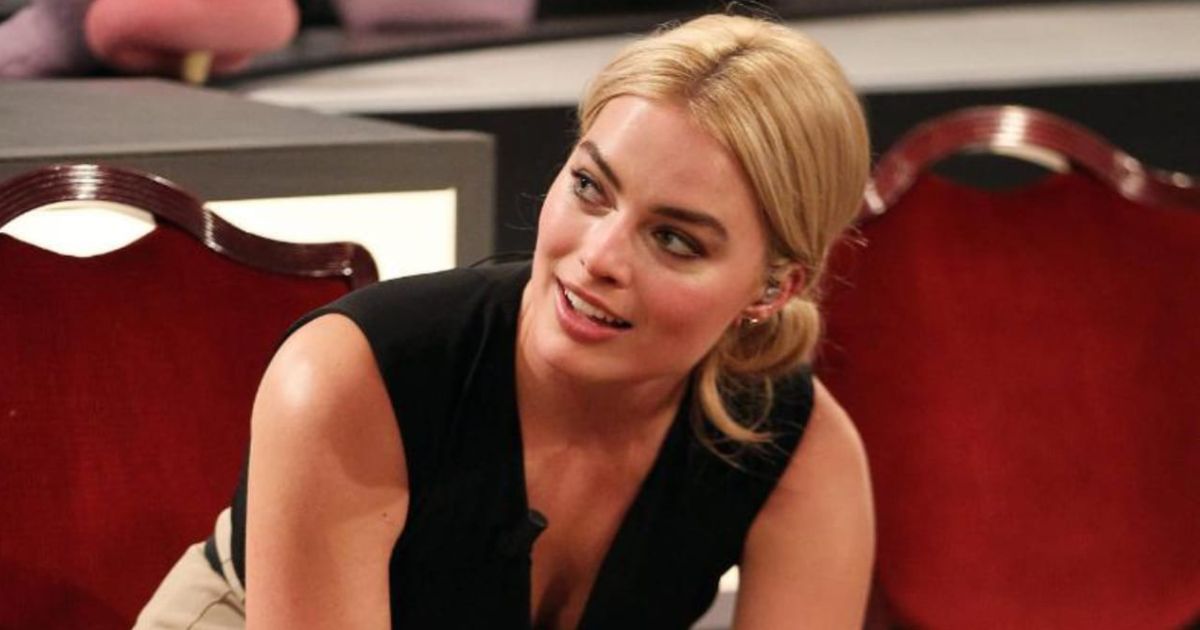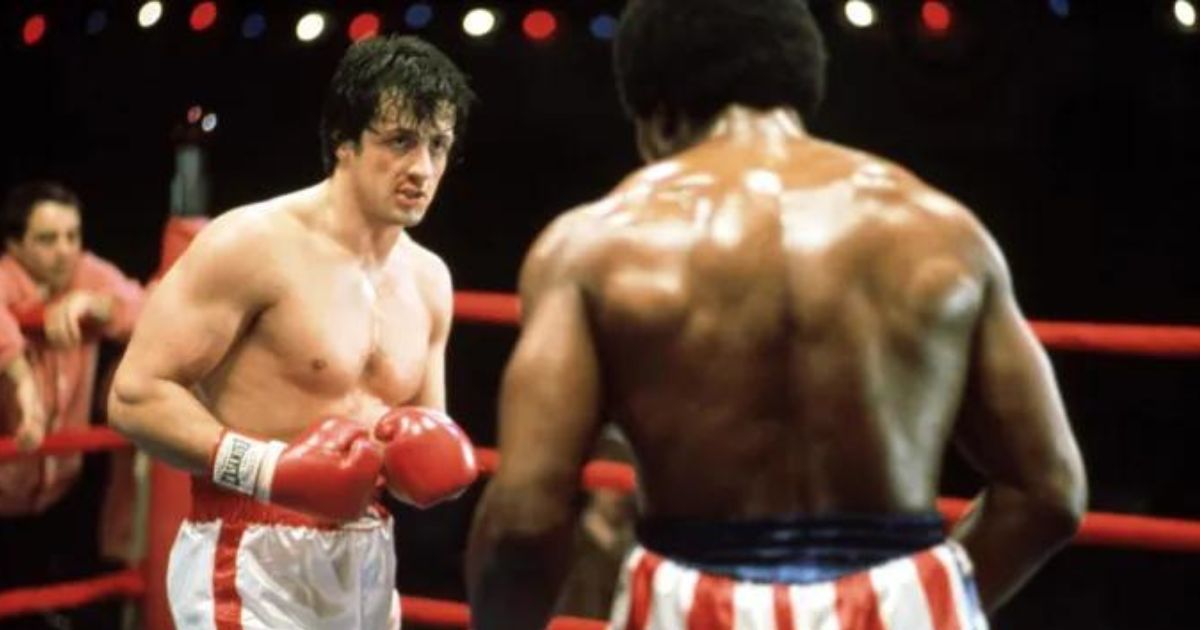The definition of “action film” has become complicated in recent times, with many productions being categorized in the genre simply because they feature several action sequences. As such, modern flicks like Captain America: The Winter Soldier and Upgrade are sometimes placed in that specific stratification. The following list shall thus be more specific by focusing on ’60s and ’70s films that are purely action-oriented and do not rely heavily on sci-fi, espionage, or comedy elements. International productions also qualify for inclusion.
These releases incorporate most of the ingredients that make a great action film. They include, fisticuffs, the use of weapons, hard-boiled villains, determined heroes, and chases. A good number of them have also been used as sources of inspiration for productions that came after them. In addition to that, the majority of them still hold up when viewed via a modern lens, thanks to great cinematography and captivating plots.
10 Dirty Harry (1971)
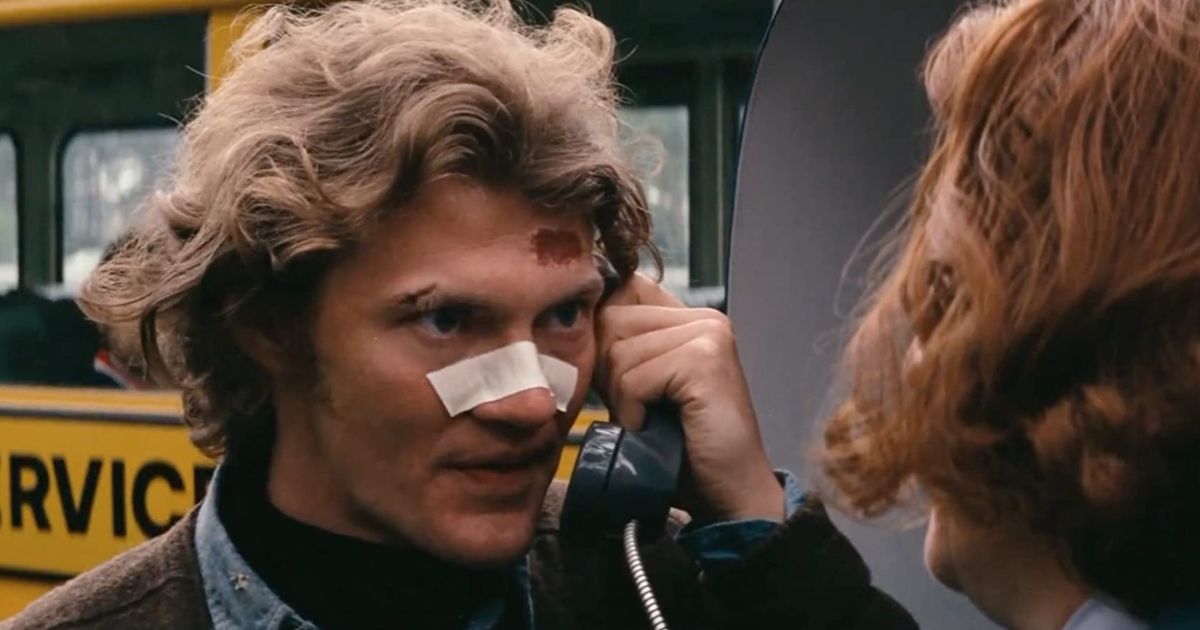
The Malpaso Company
In Dirty Harry, director Don Siegel used the infamous real-life Northern Californian serial killer known as The Zodiac Killer as the inspiration for his villain. The psychopathic sniper causes havoc around San Francisco for a while before the SFPD’s Inspector “Dirty” Harry Callahan (Clint Eastwood) decides to put an end to the menace. Both parties rely on brutality and intelligence to outwit each other and whenever machoism isn’t being displayed, a few incredible one-liners get thrown in. Today, Harry’s “You’ve got to ask yourself one question: ‘Do I feel lucky?” is still considered one of the most incredible bits of dialogue in Hollywood history.
RELATED: The 11 Greatest Debut Action Movies of All Time
Apart from entertaining audiences, Dirty Harry is largely credited with popularizing the “tough cop” formula in Hollywood. After its release, there was an influx of fictional cops that break the rules and opt for extreme violence in order to deal with unreasonable criminals. Interestingly, the film would influence a number of real-life crimes. According to CNN, perpetrators of the Chowchilla and Faraday kidnapping are reported to have idolized the movie’s villain. Besides that, the film spawned four sequels, a development that further confirmed its appeal.
9 Yojimbo (1961)
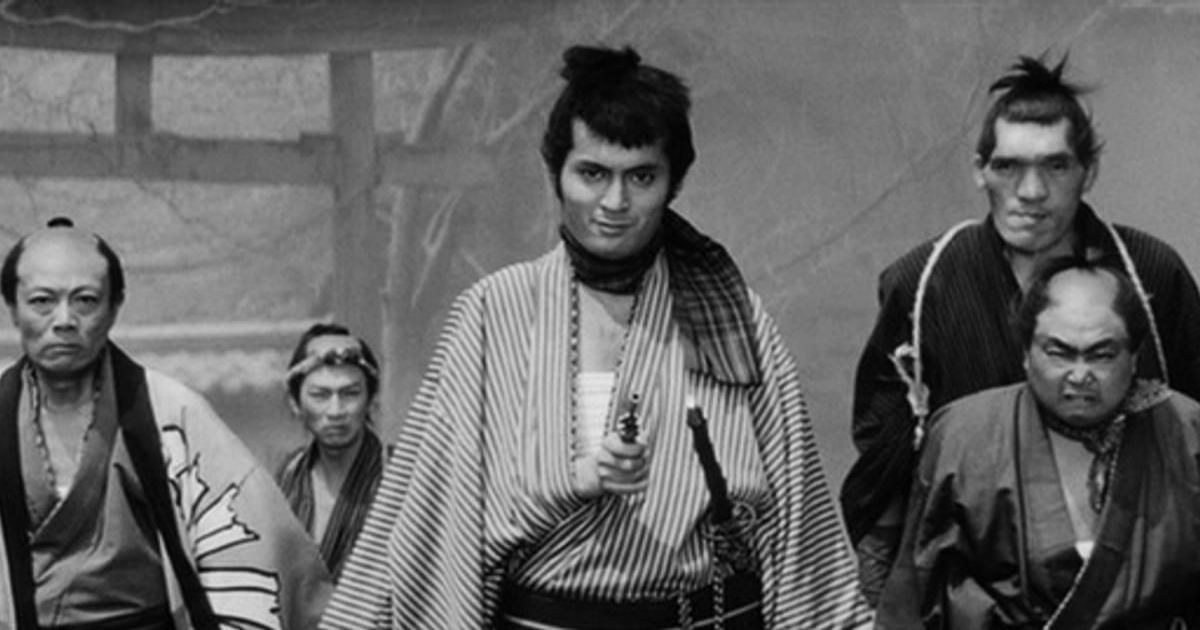 Toho
Toho
Akira Kurosawa made many great movies in his career, but Yojimbo is arguably his pièce de résistance. The film centers around a ronin that decides to save a small town from two gang bosses that each want a piece of the gambling trade. In order to do that, he convinces both of them to hire him as a bodyguard before scheming to have them destroy each other’s empires.
In Yojimbo, audiences get to enjoy the action a lot more because of the camera movements and framing. In many action films, punches, kicks, and weapons strikes, tend to be shown from a distance (because they are actually pretend hits), but Kurosawa makes everything as believable as possible. Additionally, there are plenty of visual metaphors that make the plot much easier to comprehend. So good is the film that director Sergio Leone used its plot for his Spaghetti Western, A Fistful of Dollars. However, the move would result in a plagiarism suit because the proper permissions weren’t acquired.
8 Bullitt (1968)
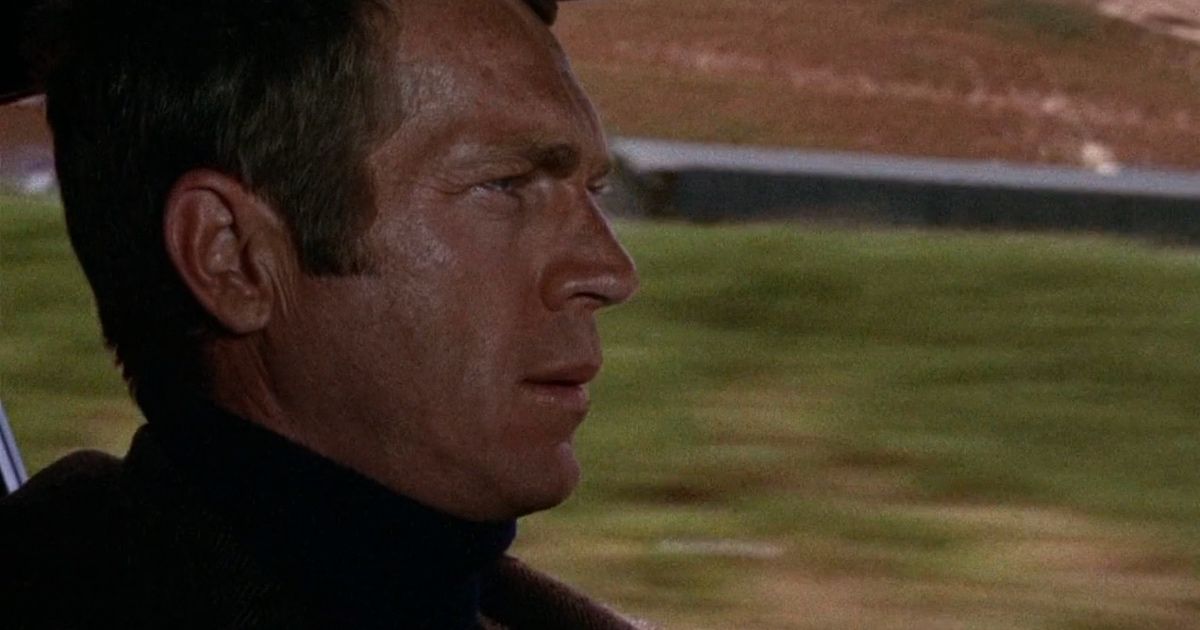 Solar Productions
Solar Productions
Bullitt is yet another incredible action flick that revolves around an SFPD officer. After all, San Francisco was one of the most violent cities in America, according to the FBI’s website, hence it made sense for many cop-themed action movies to use as a setting. This time, Lieutenant Frank Bullitt (Steve McQueen), is tasked with protecting a mafia turncoat that’s meant to testify against the boss. The film dedicates its first half to action-less buildup, but the wait is truly worth it.
The manner in which Frank Bullitt collects clues and sizes up suspects throughout the movie is awe-inspiring, but his best (and the film’s overall standout moment) comes when he engages in a chase with two mob hitmen across the city’s streets. The 11-minute pursuit would go on to be the yardstick for which other movie chase scenes would be measured. Moreover, there were no cops in cool cars before Frank Bullitt, but after wowing audiences with his Ford Mustang, it became essential for action heroes to drive something nice. Recently, it was announced there’s a Bullitt remake by Steven Spielberg in the works, and fans can only hope that it turns out to be as good as the original.
7 Goldfinger (1964)
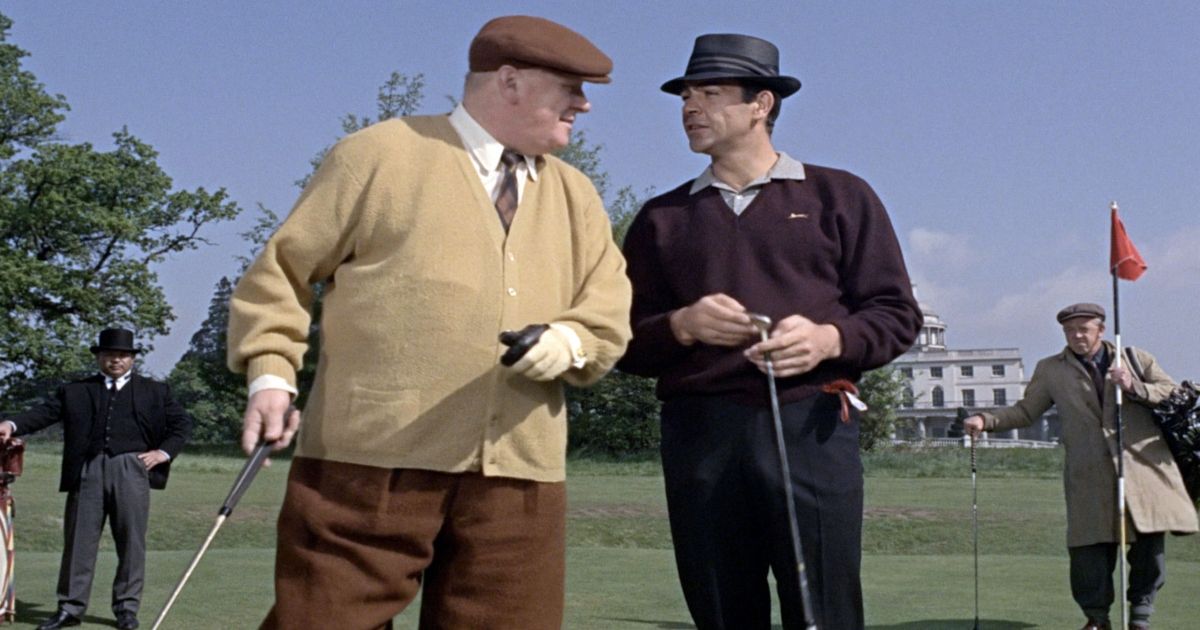 Distributed by United Artists
Distributed by United Artists
Goldfinger is one of the few Bond films that are heavier on action than espionage. As soon as the MI6 agent is informed that the Bullion dealer, Auric Goldfinger, is planning to contaminate America’s reserves in order to make his stock more valuable, the agency takes a back seat, allowing the protagonist to punch and shoot his way through the mission.
Most of the film’s action sequences aren’t as forgettable as those in modern productions either. Whether it’s Bond electrocuting Oddjob or him creating an uncontrolled decompression that causes Goldfinger to get sucked through a plane window, these images stick to the viewer’s mind forever. Most importantly, Goldfinger is responsible for the template that has been used in most other Bond films, notably the use of gadgets, the presence of an eccentric loyal henchman, and the inclusion of an extended opening sequence that plays out before the credits.
6 Vanishing Point (1971)
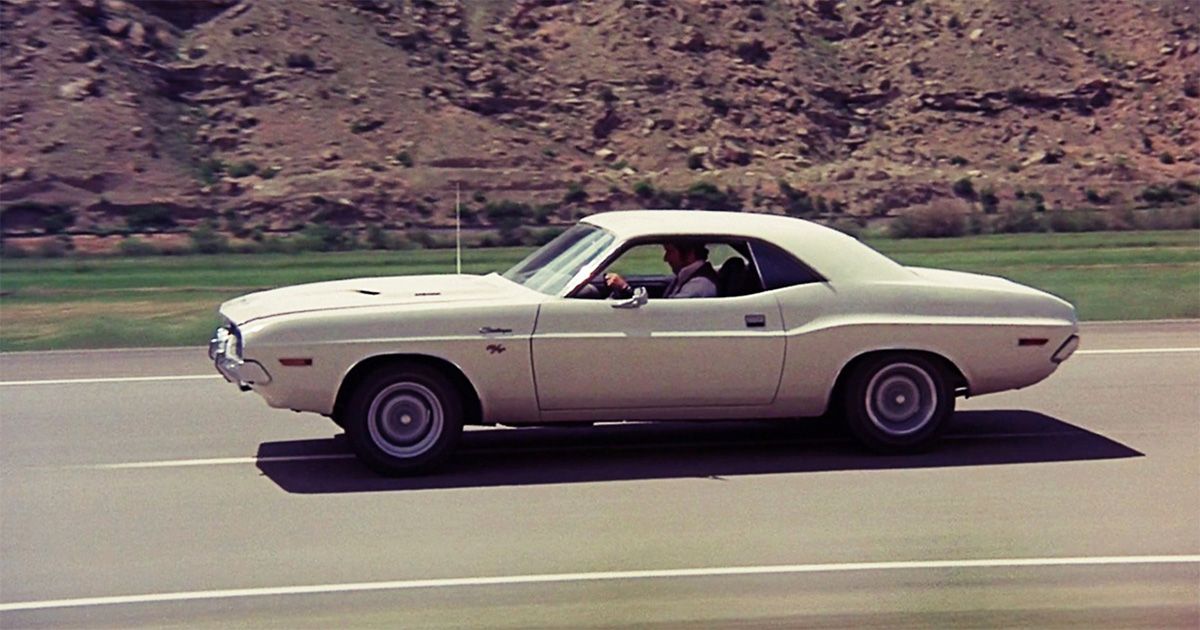 20th Century Fox
20th Century Fox
In Vanishing Point, a car delivery driver named Kowalksi gets in trouble with the police while speeding across the state in order to get a 1970 Dodge Challenger R/T 440 Magnum to its destination in under 15 hours (because of a bet he made with his drug dealer). The movie is thus one endless chase scene that’s occasionally interrupted with creative subplots such as a newlywed couple trying to rob the antihero and an overly excited disc jockey urging him to keep going via radio. Besides that, mental health and addiction are keenly examined. So desperate is Kowalski for amphetamine that breaks all laws to deliver the car.
Many directors that have made similar films have admitted the influence that Vanishing Point had in their own works. Edgar Wright studied it while making Baby Driver whereas Quentin Tarantino picked a similar car for his underrated horror flick, Death Proof. Additionally, a couple of music videos, such as Audioslave’s “Show Me How to Live” have been modeled after some of the film’s scenes.
5 Enter The Dragon (1973)
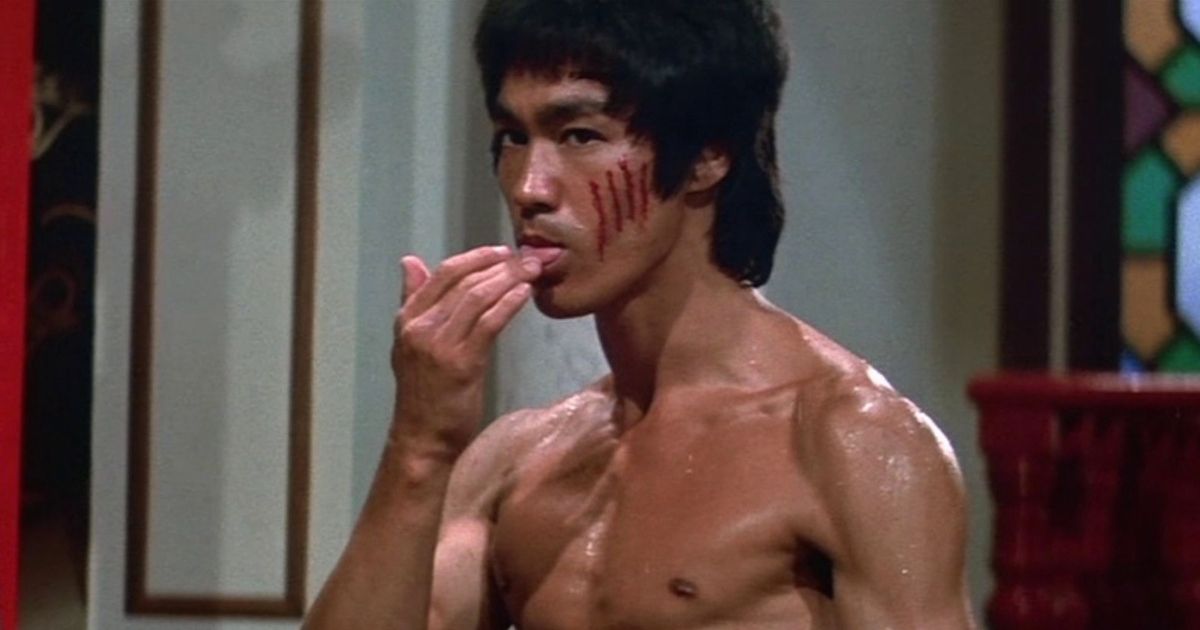 Warner Bros.
Warner Bros.
Bruce Lee’s last completed movie happens to be his most popular one too and for good reason. Lee was at the height of his martial arts powers here, constantly showcasing his prowess in Jut Kon Do, aka, “Way of the intercepting fist,” in just about every scene. The fact that the film centers around a fighting tournament being held by a drug lord on an island helps keep the fight scenes flowing.
Though Lee’s character takes the spotlight, Enter TheDragon also benefits from having a competent henchman, who happens to have murdered the protagonist’s sister, and a deadly villain that has a prosthetic razor arm. The entertainment aside, the Kung Fu flick is perhaps more influential than others in the list. In the years that followed, the film’s fight scenes would go on to inspire the mixed martial arts sport as a wall as well as several other movies, anime, and brawler games.
4 The French Connection (1971)
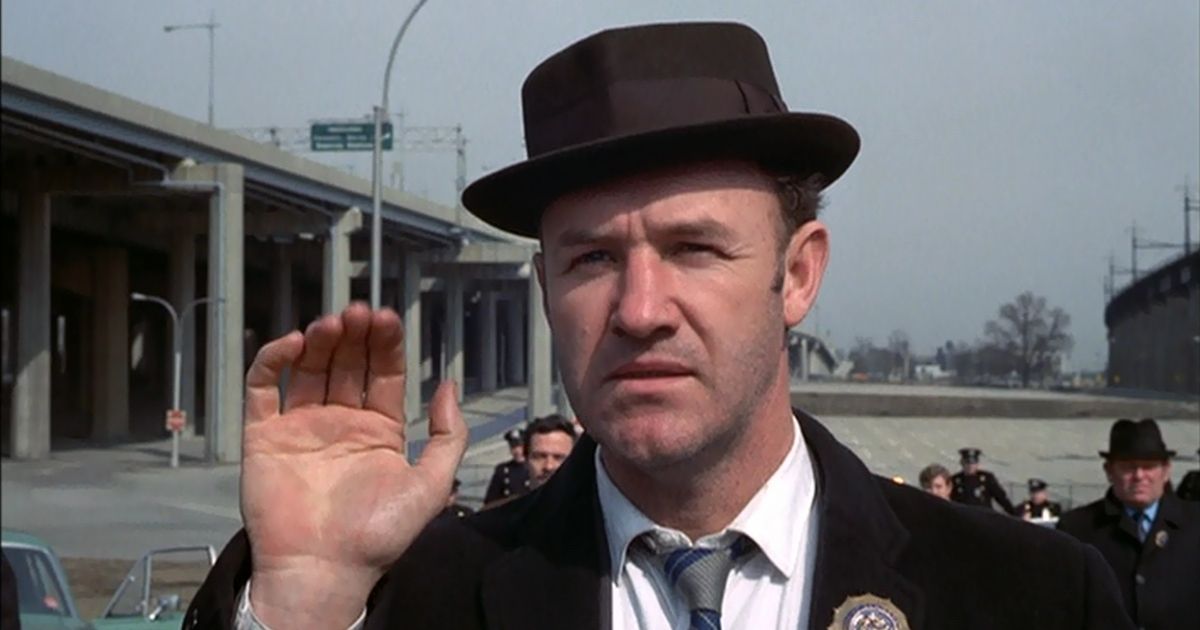 20th Century Fox
20th Century Fox
Action movies rarely scoop the “Best Picture” accolade at the Academy Awards, but The French Connection defied all odds to win it. The film — which centers around detectives Jimmy “Popeye” Doyle (Gene Hackman) attempting to burst a French drug cartel that has footprints in New York — is also loyal to Robin Moore’s similarly titled non-fiction book. As such, it also won Best Adapted Screenplay.
Like Bullitt, it prioritizes the buildup, making the action sequences more meaningful. Audiences are unlikely to forget the train chase scene, in which Doyle commandeers a random car and keeps knocking things over with utmost impunity while pursuing a hitman that’s on an elevated train. The tense hunt has been replicated in multiple other cop-themed action movies. Additionally, the endless beautiful images of the Copacabana and New York underworld are a feast for the eyes.
3 That Man from Rio (1964)
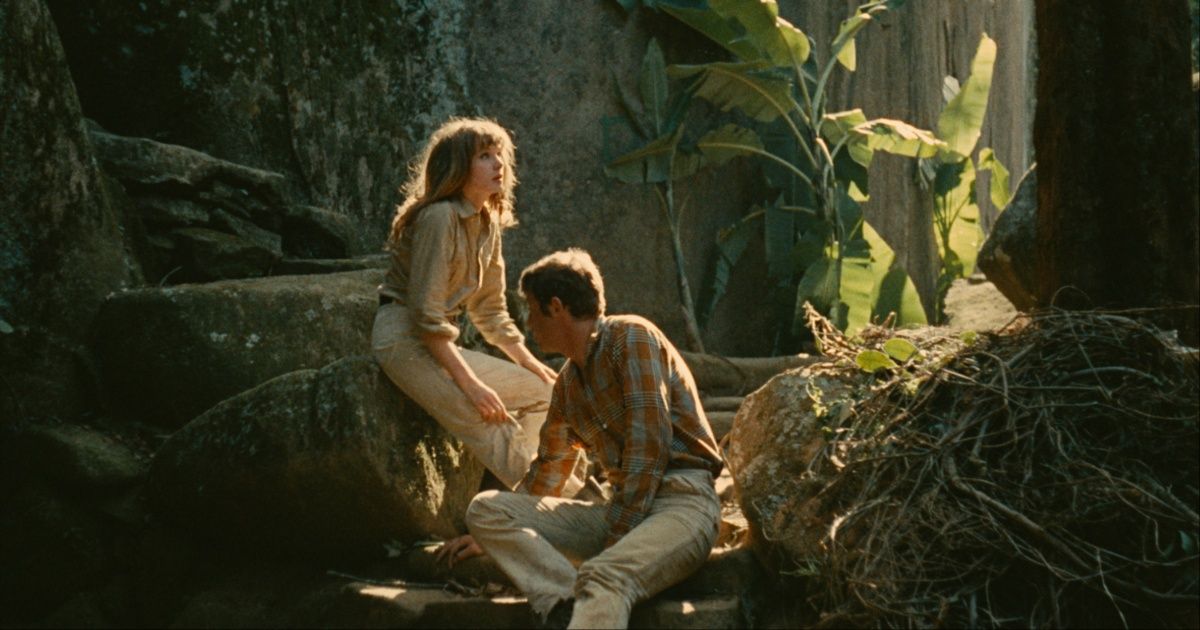 Les Films Ariane
Les Films Ariane
In That Man from Rio, French soldier, Adrien Dufourquet is granted a week-long furlough to visit his lover, Agnes, in Paris, but when he arrives, he finds that her father (a museum curator) has been abducted by Amazon tribesmen who have also taken a statue that was in his possession. According to The New York Times, Steven Spielberg confessed to having watched it nine times and the influences can clearly be seen in the best Indiana Jones movies, where fast-pacing and the inclusion of ancient artifacts is key.
Apart from creative action sequences and globetrotting, That Man from Rio shines through its well-developed characters. No single person is thrown in to simply occupy space. Everyone has a proper motivation, giving audiences every reason to care about them. Additionally, the French-Italian film boasts of a “Best Original Screenplay” nomination from the Academy Awards, making it one of the few foreign productions to achieve that.
2 Shaft (1971)
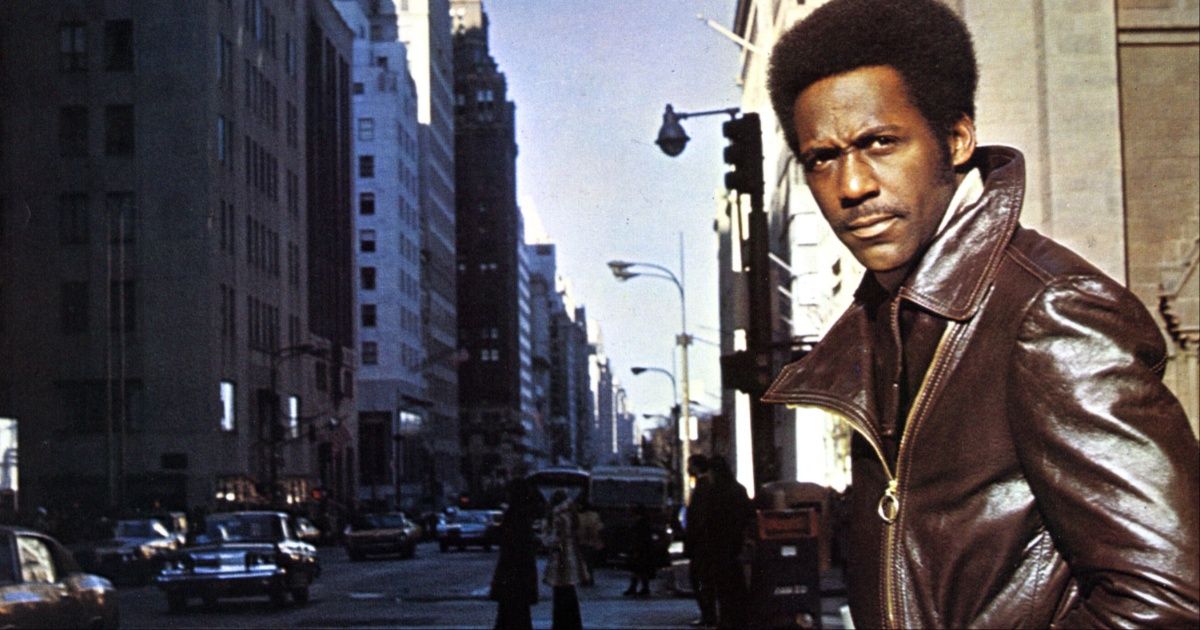 MGM
MGM
Modern audiences are more familiar with the reboot starring Samuel L. Jackson, but the impact of the original can never be understated. Decades after it was released, Shaft’s status as a ‘70s action masterpiece and one of the greatest Blaxploitation films ever made remains secure. Before the Gordon Parks movie was released, there had been no action blockbuster from a major studio starring a Black actor .
Shaft has a common hero-gets-hired formula as it revolves around John Shaft working to save a Harlem crime boss’ daughter from members of the Italian Cosa Nostra. However, it excels by sufficiently exploring masculinity, sexuality, political, and racial themes. Black power remains a constant message throughout the proceedings, and this feels important because the film was released shortly after the Civil Rights Movement. And whenever he is not beating up baddies, Shaft is depicted as a Bond-like lothario who is open about his sexual practices. In one scene, two officers ask him what he is going to do, and he blatantly responds with, “To get laid!” Such kind of talk was quite rare in film at the time, and in a way, Gordon Parks can take credit for helping to usher in the American sexual revolution of the ‘70s.
1 The Taking of Pelham One Two Three (1974)
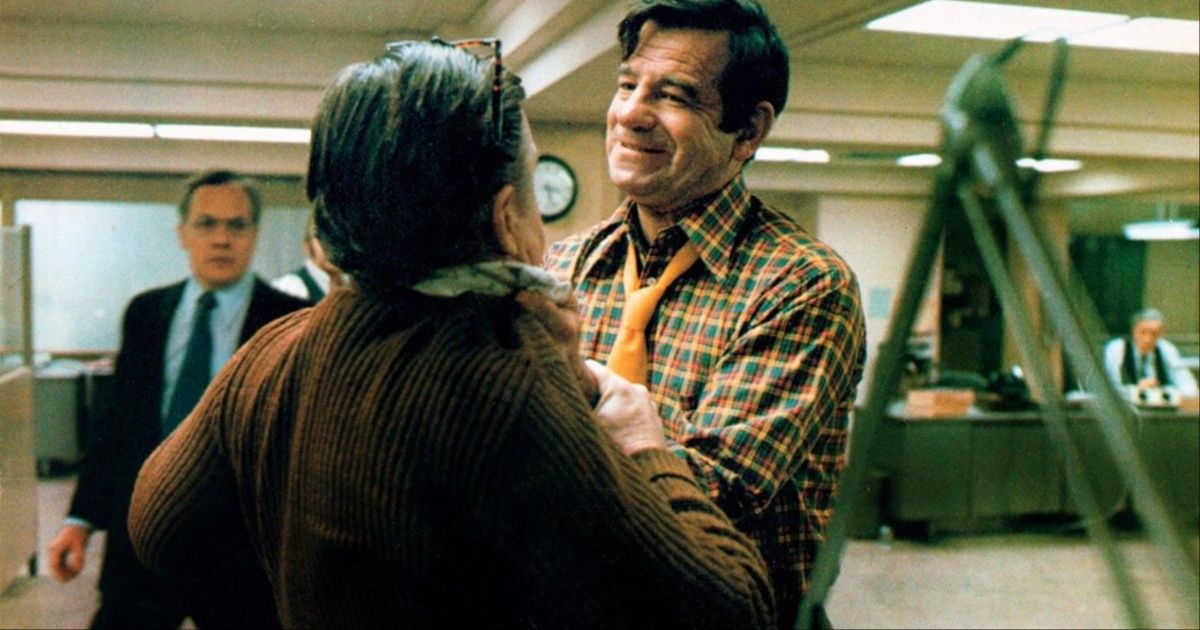 United Artists
United Artists
Fans that hated the critically-panned remake starring John Travolta and Denzel Washington would be advised to watch the original version of The Taking of Pelham One Two Three. Based on Morton Freedgood’s novel of the same name, the film follows the attempts to stop criminals that are holding passengers for ransom inside a New York City Subway train.
RELATED: The 10 Most Underrated Action Stars, Ranked
It’s quite rare for a movie to also have such a major impact on real-life. So realistic is the scenario that it made the New York City Transit Authority fearful, For years, trains were not allowed to leave at 1:23. The implications aside, The Taking of Pelham One Two Three offers most of the same thrills that Hollywood productions about kidnappers and hostages do. From sniper shots to extensive spying by undercover agents, no quarter-hour passes by without a major development unfolding.

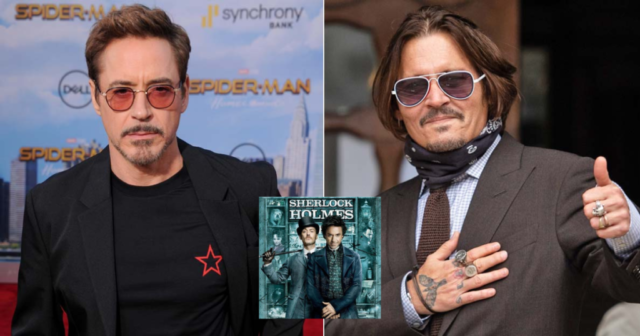
 Entertainment2 years ago
Entertainment2 years ago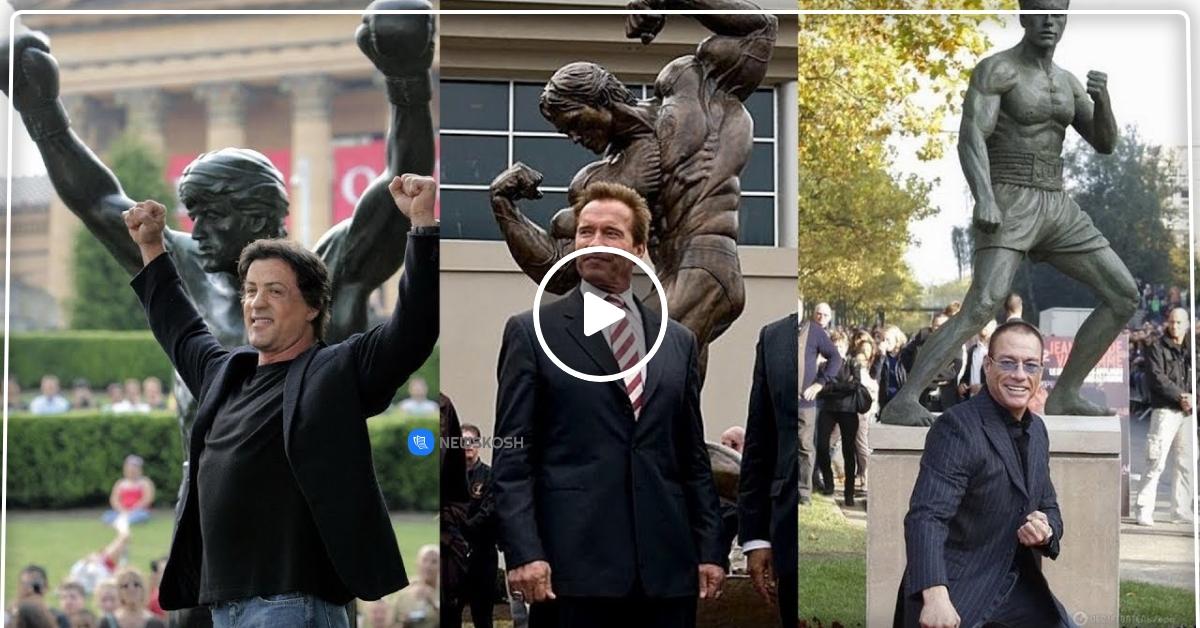
 Entertainment2 years ago
Entertainment2 years ago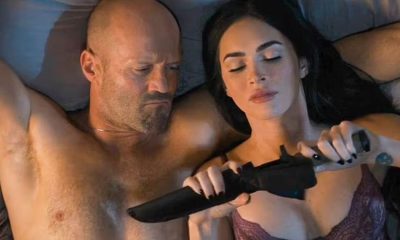
 Uncategorized11 months ago
Uncategorized11 months ago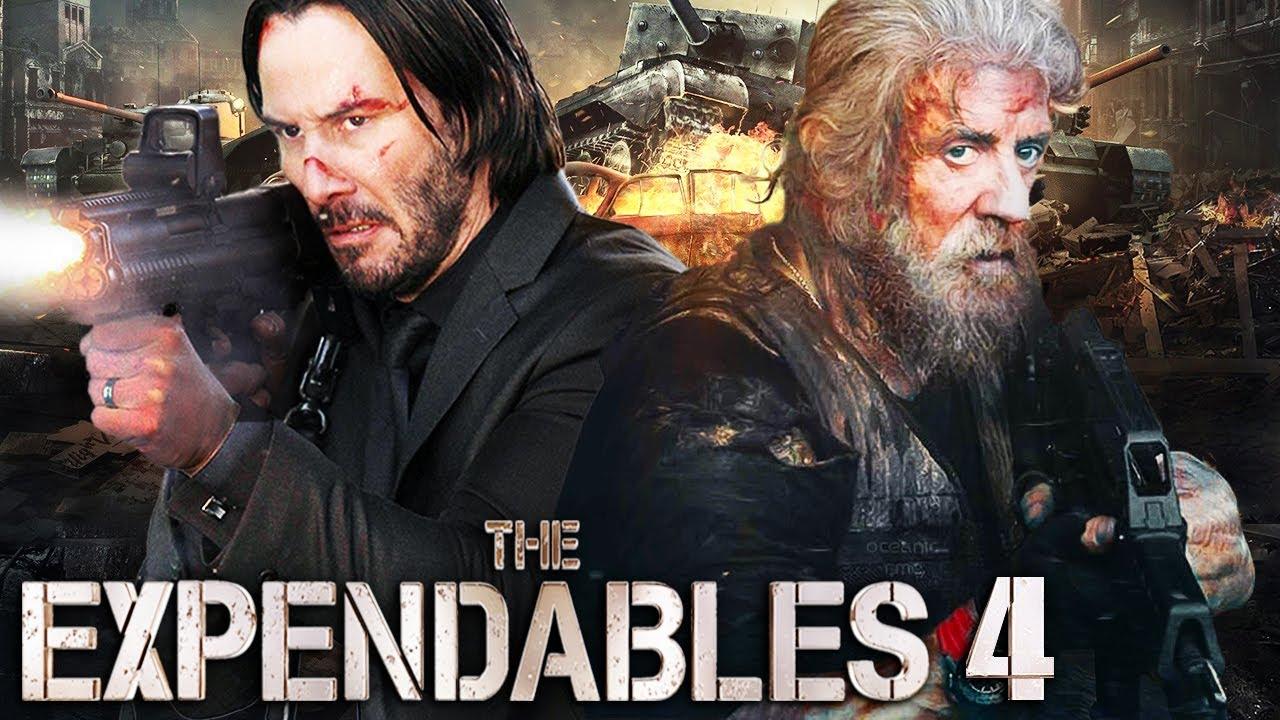
 Entertainment1 year ago
Entertainment1 year ago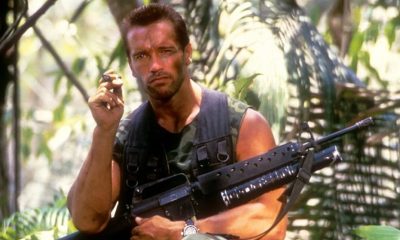
 Entertainment12 months ago
Entertainment12 months ago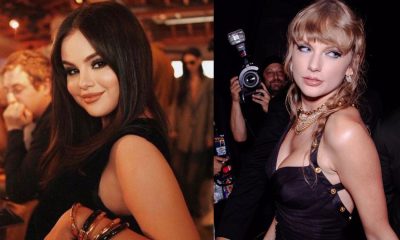
 Uncategorized9 months ago
Uncategorized9 months ago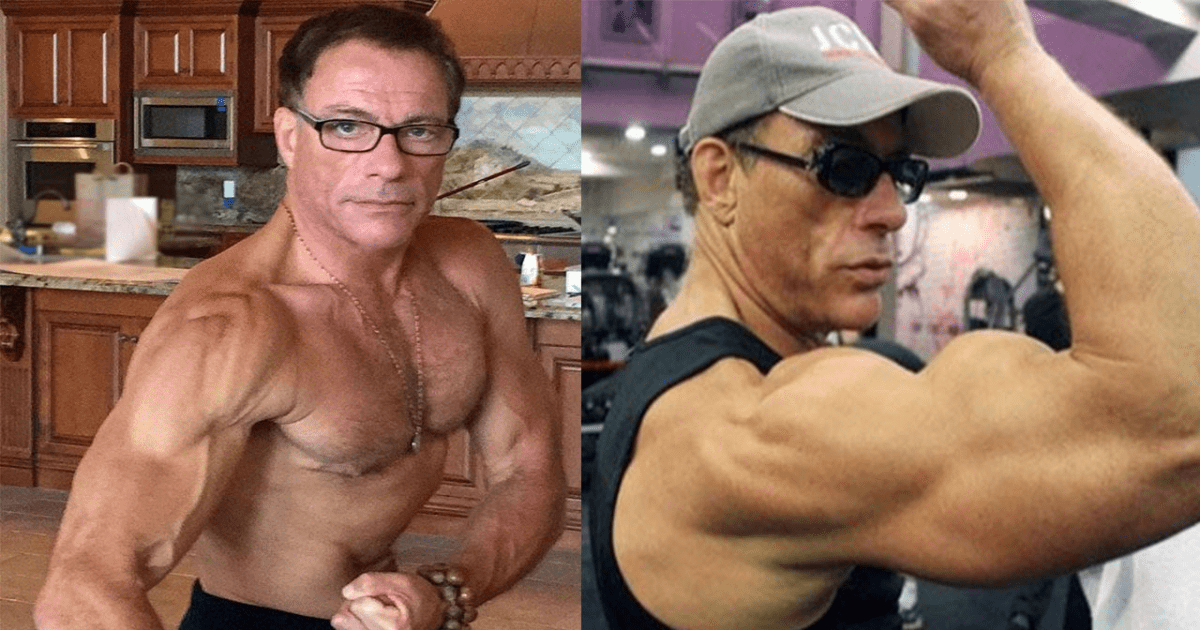
 Uncategorized1 year ago
Uncategorized1 year ago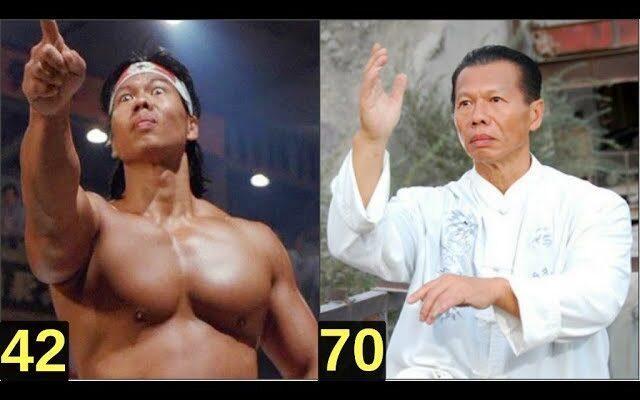
 Uncategorized1 year ago
Uncategorized1 year ago

 Toho
Toho  Solar Productions
Solar Productions  Distributed by United Artists
Distributed by United Artists  20th Century Fox
20th Century Fox  Warner Bros.
Warner Bros.  20th Century Fox
20th Century Fox  Les Films Ariane
Les Films Ariane  MGM
MGM  United Artists
United Artists 